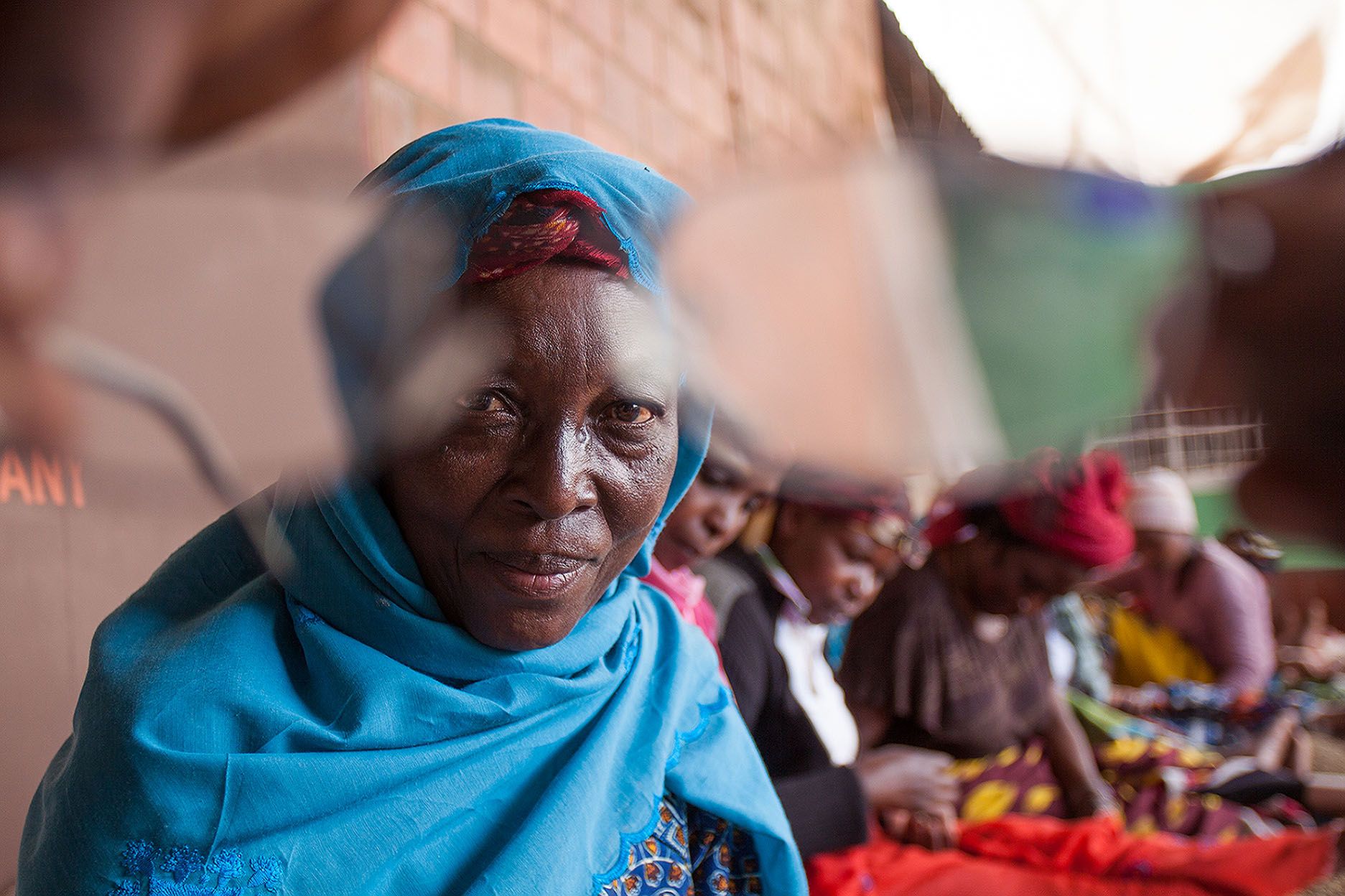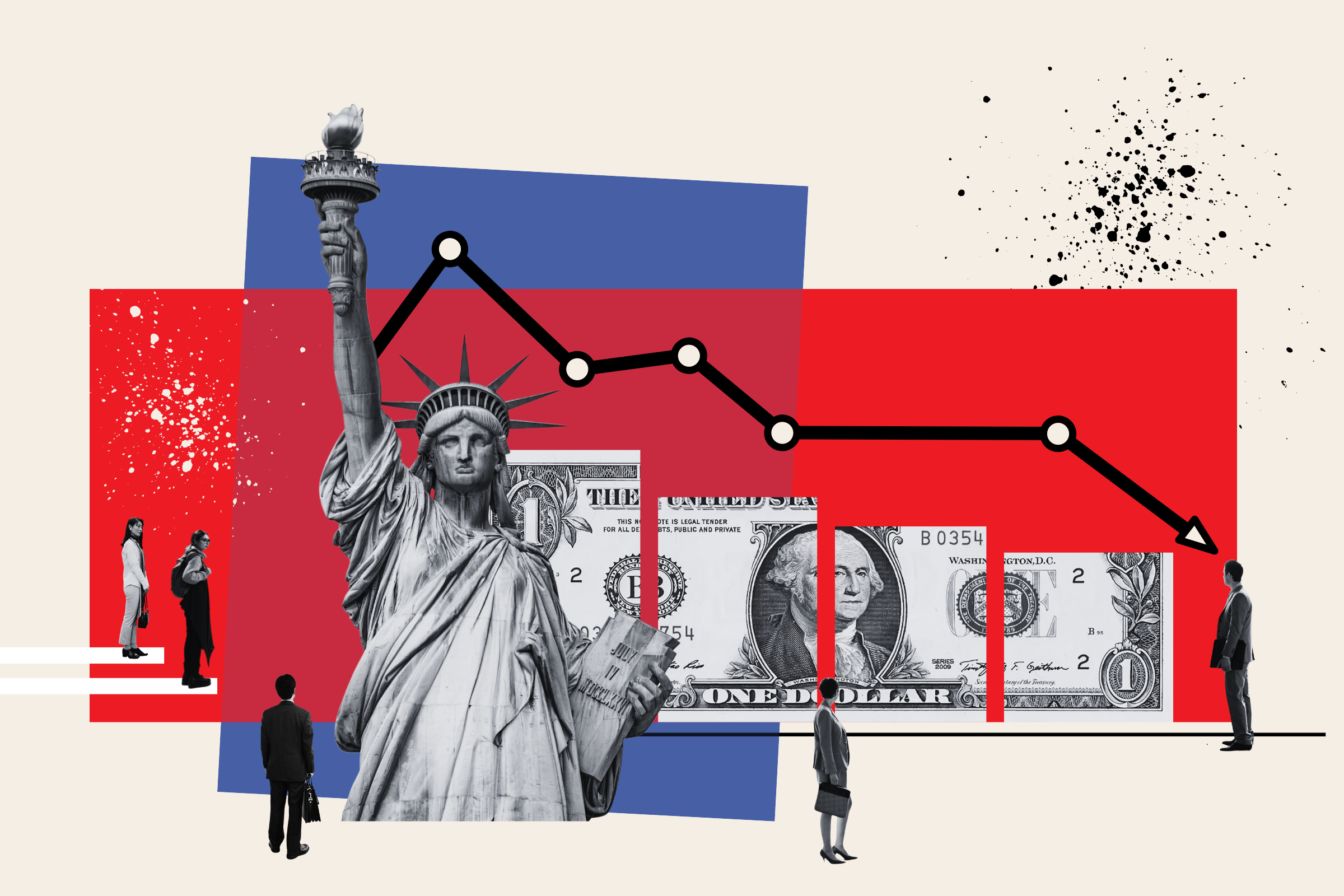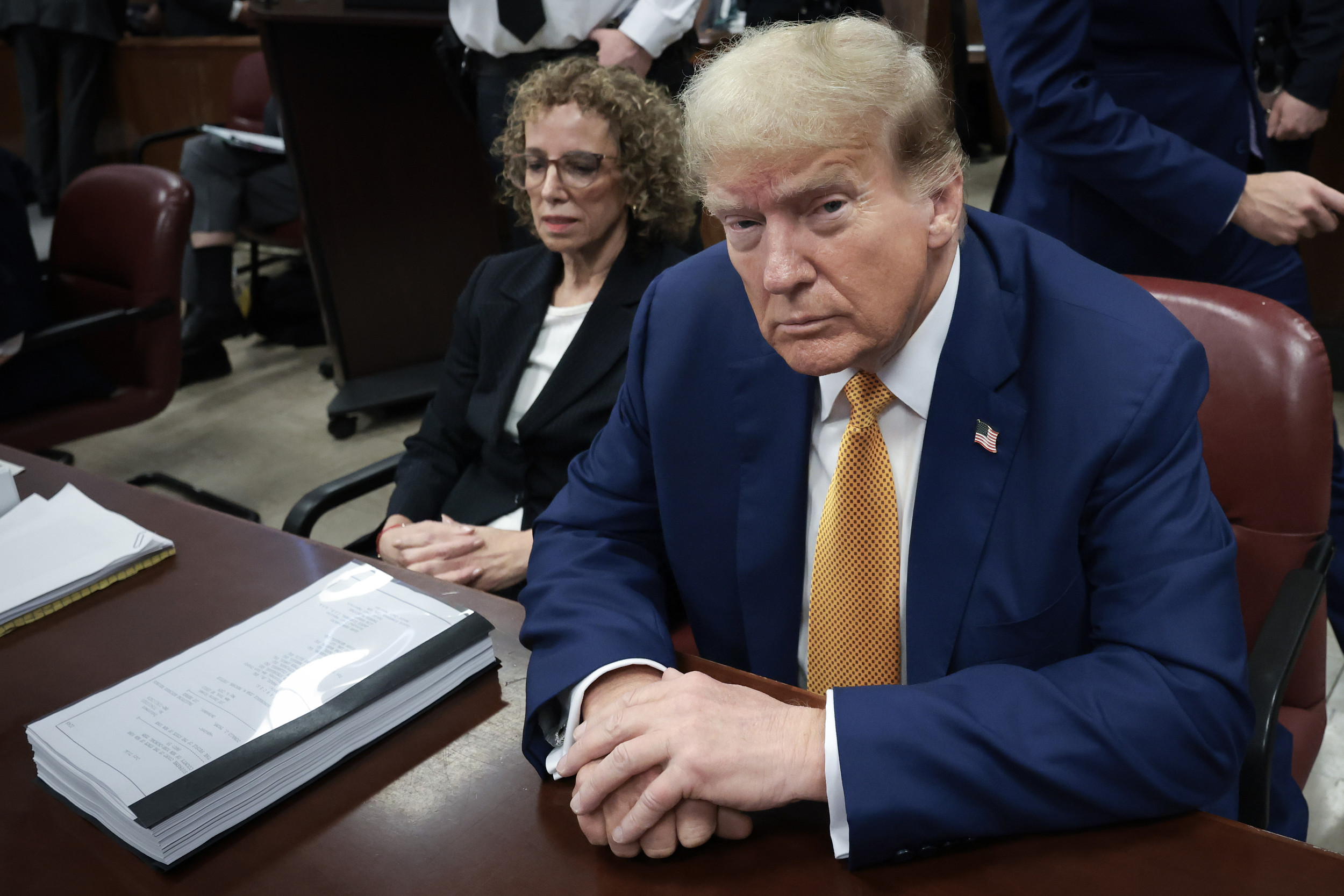
Two years ago, a team of specialist ophthalmologists and optometrists began a new pilot trial in rural China . Together, they tested the eyesight of more than 3,000 students, providing a free pair of glasses to those in need of vision correction.
A separate trial took place in South India last year . With researchers testing the eyesight of people working in a cotton spinning and textile factory in Madurai. Over 80 percent of the workers were provided with prescription glasses.
In both cases, poor vision was found to have a huge impact on performance.
At the end of the trial in China, they found that the impact of vision correction on the academic performance of the students outstripped the influence of both parental education and family wealth. While within just one month of the trial, the factory in India reported a marked increase in productivity.
There are 4.3 billion people in the world who have difficulty seeing, making it the largest unaddressed disability in the world. About 1.8 billion of them live in places where treatment is readily available. However, most of the other 2.5 billion live in developing economies, have no access to treatment.
Poor vision is not a life-threatening condition—when measured against epidemics like malaria, HIV or Ebola it falls into a non-urgent category. Because it ranks poorly on the global priority scale, there has been limited investment, innovation and research to tackle the problem.
While poor vision might be an imperceptible disability, it is having a seismic impact on the economic and social development of countries around the world.
A landmark report by Access Economics recently demonstrated that current rates of poor vision are costing the global economy an estimated $3 trillion a year—roughly equal to the gross domestic product of Africa.
The World Health Organisation estimates that the impact of poor vision is about $272 billion, in global productivity alone. Anecdotal evidence suggests that this loss in productivity is a major cause of unemployment in developing countries, where labor can be quickly and cheaply replaced.
This is only part of the picture, and even these estimates are likely to be conservative. While we can quantify the impact of poor eyesight on lost productivity in the workplace, or the costs of informal care, the impact of vision is undeniably vaster.
We know that poor vision also affects school attendance and literacy rates as well as personal development—all of which are far more difficult to measure.
The provision of, and investment in, vision care across the developing world remains sparse and vastly inconsistent. The traditional model for treatment relies on a prohibitively expensive and time-intensive model. In the developed world, vision care depends on an established health infrastructure, which connects highly trained experts with high-tech equipment to deliver costly treatment.
In order to tackle this problem on a global scale, it is vital that we take a different approach—one that focuses on maximizing existing resources and expertise. This means investing in affordable low-cost diagnostic tools and techniques.
The recent influx of mobile phones and low-cost smartphones in Africa and Asia have created a communication infrastructure that is sparking progress and momentum in a variety of fields—not least for vision care.
Small-scale tech companies working in this space are already making gradual but essential steps forward. A new app, Peek Vision , being trialed in Kenya allows healthcare workers to take quality retinal images, capable of assisting in detecting cataracts, macular degeneration, diabetes and glaucoma. All they need is a smartphone and an inexpensive clip-on lens.
By creating a tool that can be used by local nurses and primary health care workers, apps like Peek have the potential to remove the need for costly investment in highly-trained specialists.
In Africa and Asia, there are typically just a handful of specialist ophthalmology consultants per country, making referrals from the few rural eye clinics that exist enormously costly and time-consuming.
However, Vula Mobile , an app launched by Dr William Mapham in 2014, allows primary healthcare workers to take and share initial results and scans with on-call specialists, who are then able to offer diagnostic treatment advice, across borders, and from many miles away.
A further innovation is the Folding Phoropter . Created by the Srujana Center for Innovation, L V Prasad Eye Institute, the Folding Phoropter is an open-source device, based on a traditional ophthalmologist's tool, used to screen for refractive errors like short or long-sightedness. Inspired by Google Cardboard, the device can be constructed by anyone, within a matter of minutes. Low-cost tools like the Folding Phoropter could transform diagnosis in low-resource areas.
Both Vula mobile and the Folding Phoropter were finalists in the Clearly Vision Prize , an entrepreneurial competition designed to find new innovations to revolutionise the way we detect, deliver and supply eye care around the world. This is at the heart of ' Clearly ', a campaign, I launched in April this year with the mission of helping the whole world see within the next twenty years.
I firmly believe that these kinds of new innovations could radically improve universal access to vision. But reaching a solution on global scale will require the collaboration of governments, public health providers and NGOs, as well as entrepreneurs and innovators.
In a world where augmented reality is becoming mainstream, it is unacceptable that 2.5 billion people across the globe go without access to corrective glasses, some 700 years after they were first invented.
But thankfully, the tools to help the whole world see clearly are well within our reach.
James Chen is the founder of Clearly http://clearly.world
Uncommon Knowledge
Newsweek is committed to challenging conventional wisdom and finding connections in the search for common ground.
Newsweek is committed to challenging conventional wisdom and finding connections in the search for common ground.
About the writer
To read how Newsweek uses AI as a newsroom tool, Click here.






